Significance
Tainan Grand Matsu Temple was the first Mazu temple in Taiwan to be constructed under the auspices of the governmental authority and the only one to be officially sanctioned for worship and offerings, by the Kangxi Emperor in 1720. The temple building was originally the palace of Prince Ningjing (1617 – 1683), the last prince of the Ming Dynasty, who took shelter in Taiwan after mainland China fell under Qing control. This Ming dynasty-era building not only had political significance in the past, but also retains profound historical importance to the present day. The worship hall is capped by the largest rounded-ridge roof in Taiwan. The building’s stone carvings, wood carvings, paintings, and collection of historical relics are a treasure trove for art historians. Tainan Grand Matsu Temple has the largest inscription board collection in Taiwan, including ancient inscription boards bestowed by several Qing emperors as well as others presented to the temple over the course of several centuries.
History
Tainan Grand Matsu Temple is the first and only officially dedicated Matsu temple in Taiwan constructed by official authorities. The worship of Matsu in Tianfei (Heavenly Princess) temples had been established in the Tainan area since at least 1583, during the Ming dynasty. In 1663, the Prince Ningjing, the last prince of the Ming dynasty, and his family fled to Taiwan and resided in Ningjing Palace located behind Tainan’s Tianfei Temple. Later Tianfei Temple was expanded to include the prince’s residence, which had been donated by the conquering Qing dynasty general Shi Lang after the prince’s suicide. The front hall was dedicated to the worship of Matsu, while Guanyin was enshrined in the rear hall. The temple was renamed Tungning Tianfei Temple in honor of the prince’s short-lived Kingdom of Tungning. In 1684, the Kangxi Emperor conferred the title of Heavenly Queen (Tianhou) on Matsu in response to a memorial submitted by Shi Lang, the commander-in-chief of the Qing fleets who had led the conquest of the Kingdom of Tungning in Taiwan. Tungning Tianfei Temple was therefore renamed Heavenly Queen Matsu Temple. After the Spring and Autumn rituals were incorporated into the temple’s ceremonies by imperial order, the temple yet again attained a higher rank and a new moniker, this time that of Grand Matsu Temple. The temple underwent multiple renovations and expansions during the Qing dynasty. A fire that broke out in 1818 severely damaged the Matsu statue. Merchants welcoming Beigang Chaotian Temple’s Matsu statue to Tainan were responsible for launching Tainan’s famous Beigang Matsu pilgrimage event. Because of the temple’s mix of construction styles and characteristics from different eras and parts of China, as well as its profound historical, cultural, and artistic value, Tainan Grand Matsu Temple was designated a national historic landmark by the Ministry of the Interior in 1985.
Special Features
1The Stone Stele Erected by Shi Lang Shi Lang (1621 – 1696), an admiral of the Qing dynasty, received the title of Marquis of Jinghai after his conquest of Taiwan. In 1685, he constructed a stone stele chronicling the pacification of Taiwan, including his conquest of the island and later civic measures taken which won him the acceptance of the local populace. The stone stele, the oldest Qing dynasty stele in Taiwan, is finely carved and has profound historical significance. It is currently positioned on the left side of the main hall.
Shi Lang (1621 – 1696), an admiral of the Qing dynasty, received the title of Marquis of Jinghai after his conquest of Taiwan. In 1685, he constructed a stone stele chronicling the pacification of Taiwan, including his conquest of the island and later civic measures taken which won him the acceptance of the local populace. The stone stele, the oldest Qing dynasty stele in Taiwan, is finely carved and has profound historical significance. It is currently positioned on the left side of the main hall.
2The Temple’s Seventy-Two Door Studs Because door studs are generally only used for palace buildings or official temples, they are not often found in Taiwan’s Matsu temples. For this reason, most Matsu Temples in Taiwan are decorated with colorfully painted Door Gods. The red gates in Grand Matsu Temple, however, are ornamented with seventy-two door studs to express its status as an officially dedicated temple, and to reflect Matsu’s noble rank.
Because door studs are generally only used for palace buildings or official temples, they are not often found in Taiwan’s Matsu temples. For this reason, most Matsu Temples in Taiwan are decorated with colorfully painted Door Gods. The red gates in Grand Matsu Temple, however, are ornamented with seventy-two door studs to express its status as an officially dedicated temple, and to reflect Matsu’s noble rank.
3Stone Carvings of the Chi Dragon’s Head A total of four stone carvings of the head of a Chi dragon, a mythical Chinese beast believed to be one of the Dragon’s nine sons, adorn the foundation wall of Grand Matsu Temple’s main hall. The dragons’ heads are slightly lifted to create an imposing appearance—a type of stonework that is only found in traditional palace architecture in China. The dragons symbolize the temple’s power and dignity. This decoration is the only one of its kind among all Matsu temples in Taiwan.
A total of four stone carvings of the head of a Chi dragon, a mythical Chinese beast believed to be one of the Dragon’s nine sons, adorn the foundation wall of Grand Matsu Temple’s main hall. The dragons’ heads are slightly lifted to create an imposing appearance—a type of stonework that is only found in traditional palace architecture in China. The dragons symbolize the temple’s power and dignity. This decoration is the only one of its kind among all Matsu temples in Taiwan.
4Famous Paintings Grand Matsu Temple’s interior walls are covered with paintings done by first-class masters. From the Sanchuan Hall at the front of the complex to both sides of the rear hall, the temple is filled with the works renowned painters such as Pan Li-shui (1914 – 1995) and his son Pan Yue-xiong (1943 – present), and Chen Yu-feng (1900 – 1964) and his son Chen Shou-yi (1934 – 2012), as well as Ding Qing-shi (? – 2004). The paintings illustrate traditional Chinese folktales and myths, and include beautiful examples of calligraphy. Since the Japanese Colonial Period, the paintings have been redone or restored six times:
Grand Matsu Temple’s interior walls are covered with paintings done by first-class masters. From the Sanchuan Hall at the front of the complex to both sides of the rear hall, the temple is filled with the works renowned painters such as Pan Li-shui (1914 – 1995) and his son Pan Yue-xiong (1943 – present), and Chen Yu-feng (1900 – 1964) and his son Chen Shou-yi (1934 – 2012), as well as Ding Qing-shi (? – 2004). The paintings illustrate traditional Chinese folktales and myths, and include beautiful examples of calligraphy. Since the Japanese Colonial Period, the paintings have been redone or restored six times:
1. In 1943, Chen Yu-feng completed his works on the sides of the main hall and its front and rear corridor entrances, as well as the rear corridor entrance to the Sacred Parents Hall.
2. In 1956, Chen Yu-feng created another twelve paintings in the Sanchuan Hall, the corridors, and the worship hall.
3. In 1971, the Sacred Parents Hall was renovated and the dressing chamber at its side was transformed into San-Bao Hall. Pan Li-shui painted Hua Mulan on the right side of the Sacred Parents Hall and the paintings on the three-ply wood panels that can be found in the San-Bao shrine.
4. In 1976, Chen Shou-yi reproduced his father’s earliest works in Grand Matsu Temple’s worship hall and main hall.
5. In 1980, Ding Qing-shi partially restored Chen Yu-feng’s 1956 works in their original style.
6. In 1997, Pan Yue-xiong completed the restoration.
5The Worship Hall’s Rounded Roof RidgeGrand Matsu Temple is an example of traditional temple architecture. Its worship hall is capped by the largest roof built in the rounded roof ridge style in Taiwan. An ancient Chinese architectural style, the roof ridge does not form a sharp angle, but rather arches over in a soft curve. The roof was constructed in the traditional manner, without the use of a single nail.
6Ancient Inscription Boards Grand Matsu Temple has a precious collection of over a hundred ancient inscription boards. Of all the boards bestowed by different Qing emperors that currently hang in the temple, those gifted by the Yongzheng Emperor, the Xianfeng Emperor, and the Guangxu Emperor in praise of Matsu’s grace are the most prized.
Grand Matsu Temple has a precious collection of over a hundred ancient inscription boards. Of all the boards bestowed by different Qing emperors that currently hang in the temple, those gifted by the Yongzheng Emperor, the Xianfeng Emperor, and the Guangxu Emperor in praise of Matsu’s grace are the most prized.
7The Matsu StatueThe majestic Ming-style Matsu statue in the main hall is 5.45 meters tall and is over three hundred years old. In 2004, the body of the statue developed cracks due to the decay of its interior wooden supports. During repairs, three Qing dynasty stone tablets were found inside the statue which recorded the statue’s restoration in 1822 and mentioned that the Matsu statue had a gilded face. The statue had been blackened by incense smoke over the intervening years. Workers were able to restore the statue to its original appearance. Flanking Matsu are statues of her guardians Thousand-Mile Eyes and Follow-Wind Ears. These two characters are spoken of in Chinese legend as having the power to see and hear everything. Powerful, muscular, and intimidating, these two statues were also created during the Qing dynasty.
8Matsu Pilgrimage in TainanTaiwanese describe the third month of the year as March Matsu mania. The immense popularity of Matsu pilgrimages on the island has its origins in Tainan’s Grand Matsu Temple. Temple affairs have been organized by the Tainan Guild, a group of local traders and merchants, since the 18th century. The Tainan Guild established the first Matsu pilgrimage in Tainan. Through Matsu religious activities and exchanges with temples in other locales, local businessmen had the opportunity to interact with merchants from different areas of southern Taiwan. During the Qing dynasty, the celebration involved the statue of Yunlin’s Beigang Mazu Temple making an eight-day pilgrimage to Tainan. This event would draw thousands of participants. Beginning in 1915, the Matsu pilgrimage featured a Matsu statue from a local Tainan temple. All such activities were forcibly cancelled in 1937 due to the outbreak of the Second World War. Due to political interference after World War II, the pilgrimage no longer occurred as an annual event. Presently, it is held once every four years. A two-day pilgrimage is organized one month prior to Matsu’s birthday in each year of the Mouse, Dragon, and Monkey. With dozens of participating temples carrying palanquins bearing various Matsu statues and hundreds of folklore performance teams, this is the largest seasonal pilgrimage in Taiwan.
Reminders
Grand Matsu Temple is open from 6:00 a.m. to 9:00 p.m. everyday. The cultural relics gallery is open for tour groups by appointment. The temple’s most popular event is the pilgrimage in celebration of Matsu’s birthday on the 23rd day of the third lunar month.
Panoramic
Directions